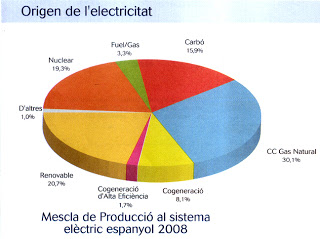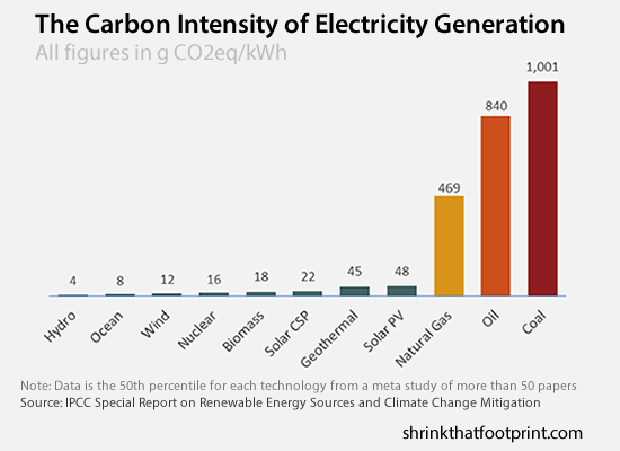Is Electricity a Clean Energy? The Truth Behind Its Real Impact

Is Electricity Really a Clean Energy? A Guide to Understanding Its Environmental Impact
Electricity is often presented as a clean energy source, especially when referring to electric vehicles or “eco-friendly” home systems. However, to determine whether electricity is truly sustainable, we must first analyze how it is produced. This guide explains why, today, electricity cannot be considered a clean energy in most countries.

🔍 1. Why Is Electricity So Often Considered Clean?
Electric vehicles and many household devices create the perception of clean energy because they do not emit gases directly. However, their real impact depends entirely on the electric system that powers them.
If you want to explore other domestic energy systems, you can read this Vilssa article on
the real profitability of solar panels.
You can also browse related topics using the
Vilssa search tool.
⚡ 2. How Is Electricity Actually Generated?
Electricity is a secondary energy source. It does not exist naturally and must be produced using different primary sources.
2.1 Fossil-based sources
- 🔥 Coal
- 🔥 Natural gas
- 🟤 Oil
- 🌋 Biomass (depending on its cycle)
2.2 Non-fossil sources
- ☢️ Nuclear energy
- 💧 Hydropower
- 🌬️ Wind energy
- ☀️ Solar photovoltaic
As shown by the IDAE, the energy mix of each country determines the real level of pollution associated with electricity consumption.

🌫️ 3. Real Environmental Impact: Emissions by Generation Type
The CO₂ emissions associated with electricity vary drastically depending on the production method. Therefore, electricity is not inherently clean—its cleanliness depends on its source.
3.1 Pollution ranking by electricity source
- 🔥 Coal → extremely high emissions
- 🔥 Natural gas → high emissions
- 🟤 Oil → high emissions
- 🌱 Biomass → variable emissions
- 💧 Hydropower → very low
- 🌬️ Wind → near zero
- ☀️ Solar → near zero
- ☢️ Nuclear → low CO₂, but with environmental risks

🚗 4. Are Electric Vehicles Really Non-Polluting?
Although electric vehicles do not emit CO₂ directly, their carbon footprint depends strictly on the electricity mix used to charge them.
4.1 Emission comparison
- 🚙 Electric vehicle (~15 kWh/100 km) → ≈ 58 g CO₂/km
- 🚗 Equivalent combustion vehicle → over 100 g CO₂/km
Thus, electric vehicles are less polluting, but they are far from “zero-emission” systems.
🧩 5. Conclusion: Electricity Is Not a Clean Energy (Yet)
Electricity can only be considered clean when it is produced using renewable energy sources. As long as most of the world’s electricity continues to depend on natural gas, coal, or nuclear technology, it will remain an energy with a significant environmental impact. Consequently, electricity is not a clean energy in its current form.

















